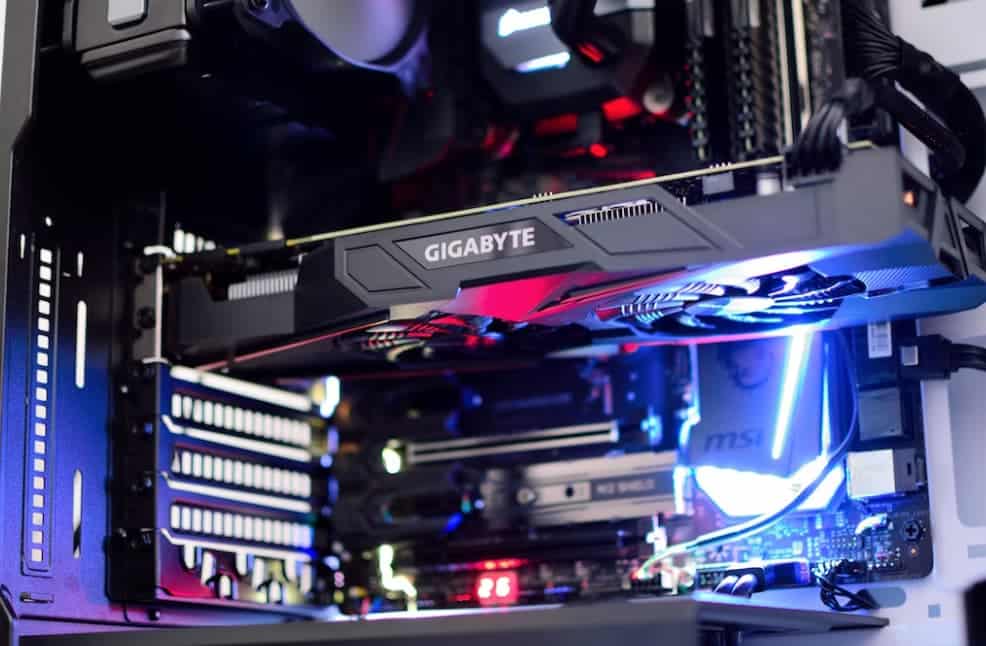Today’s youth find themselves immersed in a digital landscape from an early age.
While technology has undoubtedly brought numerous conveniences, there is a growing concern about its impact on the mental and emotional well-being of young individuals.
How Everyday Tech Harms the Mental and Emotional Well-being of Today’s Youth?
In this article, we will discuss how everyday tech may inadvertently contribute to the decline of mental health among today’s youth.
The Social Media Paradox
The social media paradox is acutely manifested on platforms like Instagram, where users craft carefully curated narratives of their lives. The pursuit of the perfect image, often fueled by the ‘Instagram aesthetic,’ contributes to unrealistic standards and a distorted reality.
Adolescents, bombarded with images of flawless beauty and enviable lifestyles, often find themselves ensnared in a relentless cycle of comparison. Instagram, with its emphasis on visual content, accentuates the pressure to conform to societal ideals, fostering a culture of image-driven self-worth.
According to an NIH study, Instagram places significant emphasis on physical appearance, particularly impacting adolescents and young individuals. The research indicates that this focus contributes to distress, body dissatisfaction, and pressure to attain a perceived state of perfection on social media.
The findings highlight the concerning impact of image-centric platforms on the well-being of young users.
TorHoerman Law states that Instagram is under legal scrutiny due to high-profile lawsuits, highlighting the platform’s potential contribution to mental health issues among youngsters.
The Instagram lawsuit alleges that the platform’s design intentionally prioritized engagement over the well-being of its users, leading to negative impacts on mental health.
The revelation underscores the significant role social media platforms play in shaping the mental and emotional landscape of today’s youth.
The platform’s ‘like’ and ‘follower’ metrics add another layer to this paradox, as they become quantifiable measures of popularity and social standing.
The pursuit of validation through likes and followers can lead to a relentless quest for external affirmation. This aggravates the negative impact on self-esteem and contributes to the overall mental health decline.
Digital Dependency and Anxiety
Smartphones have birthed a generation tethered to their devices, giving rise to nomophobia – the fear of being without a mobile phone. The anxiety associated with this digital dependency stems from the perceived need to be constantly connected.
According to HelpGuide.org, numerous studies have identified a connection between extensive social media engagement and heightened risks of depression, anxiety, loneliness, and self-harm.
Notifications, messages, and the pressure to respond promptly create a sense of urgency, blurring the boundaries between the digital and physical worlds.
The incessant demand for immediate responses can trigger heightened stress levels, affecting overall mental well-being.
Establishing healthy boundaries and fostering a balanced relationship with technology becomes crucial to mitigating the anxiety induced by digital connectivity.
The Sleep Disruption Dilemma
As screens become ubiquitous in daily life, the impact on sleep patterns among the youth cannot be understated. The blue light emitted by devices suppresses melatonin production, disrupting circadian rhythms and leading to sleep disturbances.
As per the Sleep Foundation, teenagers experience a range of insomnia symptoms linked to screen time.
The delay in melatonin release caused by screen use prolongs the onset of sleep and diminishes overall sleep quality. Given the early school start times for most teens, a later bedtime often results in disrupted sleep patterns and heightened daytime sleepiness.
Prioritizing sleep hygiene and establishing tech-free zones before bedtime are essential measures in addressing the sleep disruption dilemma associated with everyday tech use.
Cyberbullying and its Toll
The digital age has brought forth new forms of aggression, with cyberbullying emerging as a potent threat to the mental health of young individuals.
The cloak of anonymity provided by online platforms emboldens perpetrators, and victims find themselves subjected to relentless harassment.
The psychological toll of cyberbullying can manifest as anxiety and depression and, in extreme cases, contribute to suicidal ideation.
Addressing this issue requires a multi-faceted approach involving education, awareness campaigns, and digital safety measures to create a safer online environment for the youth.
The Attention Span Challenge
In a world inundated with bite-sized content and constant stimuli, the attention span of today’s youth faces a significant challenge.
Rapid-fire social media updates, instant messaging, and quick video clips contribute to a generation habituated to instant gratification.
This poses potential hurdles in academic settings, where sustained focus on longer tasks is crucial. The ability to concentrate on complex topics diminishes, affecting academic performance and overall cognitive development.
Balancing the benefits of technology with mindful efforts to engage in work becomes necessary to counter the attention span challenge posed by everyday tech.
Tech-induced Social Isolation
While technology promises connectivity, paradoxically, it can foster social isolation among young individuals.
Excessive screen time can replace face-to-face interactions, hindering the development of crucial social skills. A screen-centric existence may lead to feelings of loneliness and detachment from the real world.
Social media interactions, while abundant, often lack the depth and nuance of in-person relationships.
Encouraging a healthy balance between online and offline interactions is essential to prevent the inadvertent isolation that can arise from an overreliance on technology.
In summary, the pervasive influence of everyday tech on today’s youth presents a complex tapestry of challenges to their mental and emotional well-being.
From the social media paradox and digital dependency to sleep disruption, cyberbullying, attention span challenges, and tech-induced social isolation, the impact is profound.
Recognizing the delicate balance between technological benefits and potential harms is crucial.
Addressing these concerns requires a collective effort, combining technological innovation with proactive measures in education and mental health support.
Cultivating a resilient and connected generation demands the promotion of mindful tech use, the establishment of healthy boundaries, and the encouragement of face-to-face interactions.
These steps are crucial for equipping today’s youth with the tools to navigate the digital landscape while prioritizing their overall well-being.




